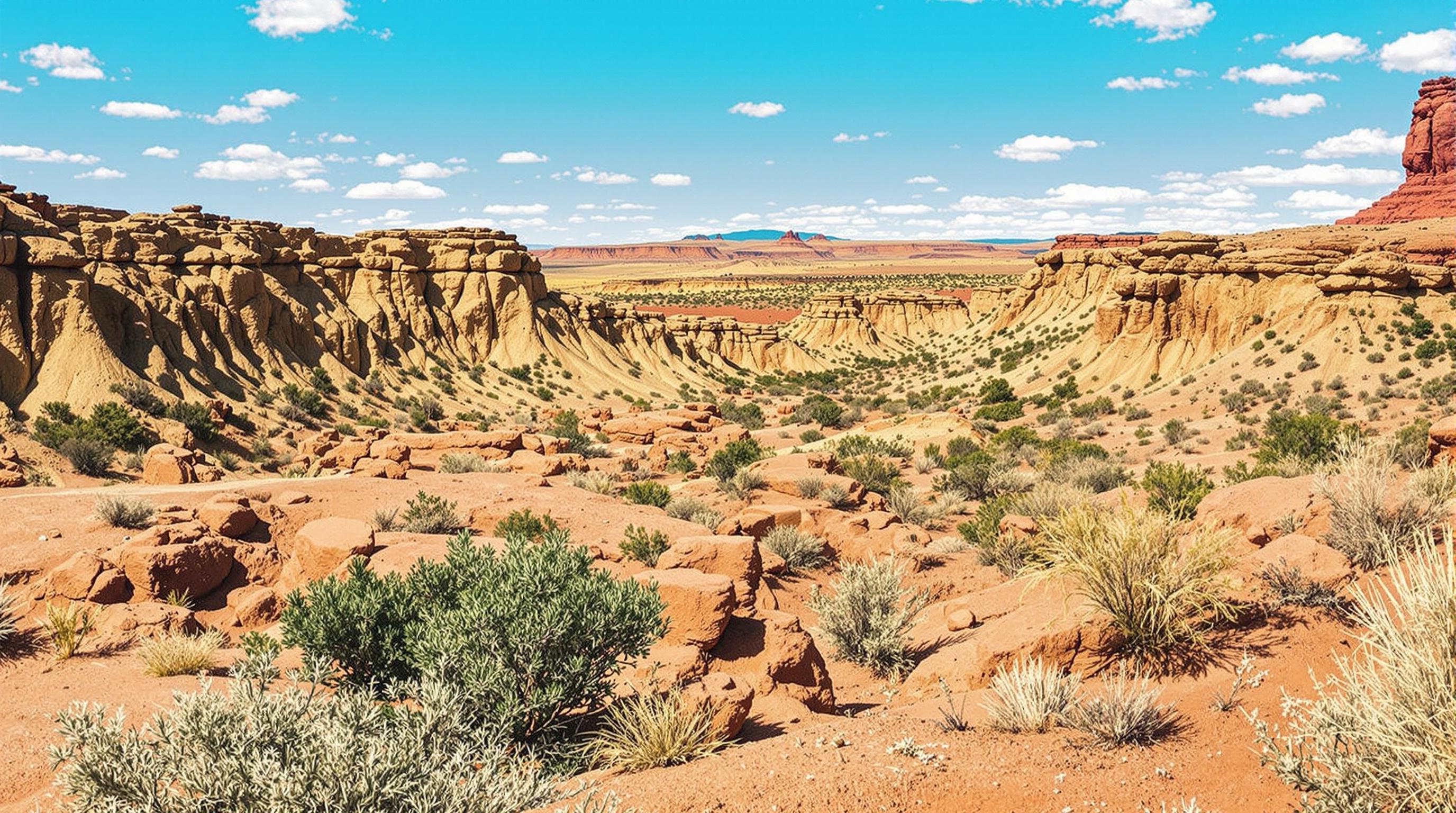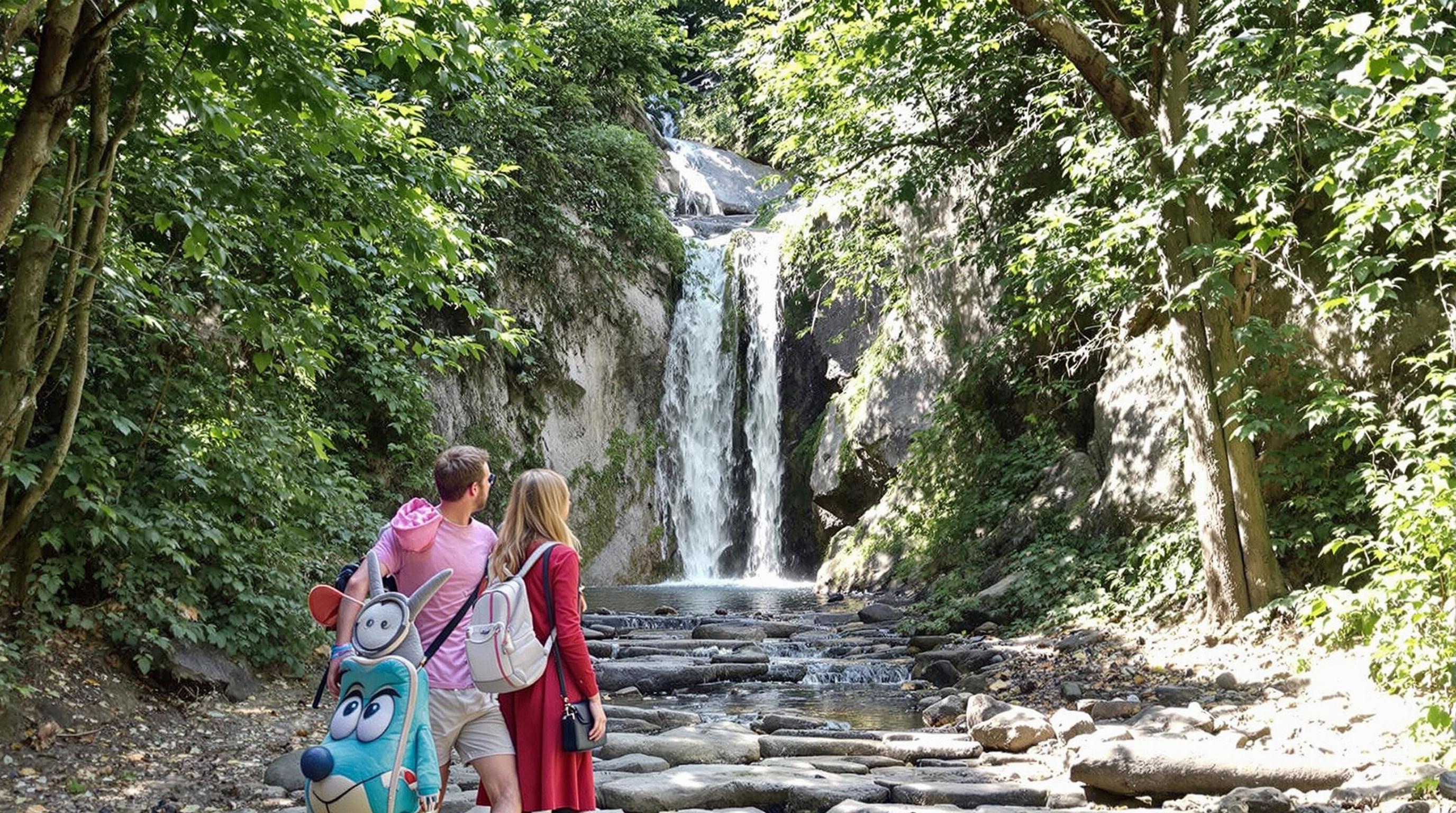Related Articles
- Uncharted Escapes: Navigating the Controversial Allure of Fringe Destinations and Their Untold Stories
- Uncharted Realms: The Surprising Intersection of Urban Legends and Adventure Travel in Offbeat Locations
- Curious Chronicles: Bizarre Transport Innovations Shaping Uncommon Explorations Across Unvisited Trails
- The Forgotten History of Eco-Adventuring: Learning from Indigenous Practices for Modern Exploration
- The Hidden Impact of Eco-Conscious Adventure Games on Environmental Education and Community Resilience
- Uncommon Routes: The Unexpected Appeal of Ghost Town Hikes in Eco-Friendly Exploration
7 Surprising Sojourns: Delving into Underrated Routes That Unveil Unique Perspectives and Enrich Your Travel Experience
7 Surprising Sojourns: Delving into Underrated Routes That Unveil Unique Perspectives and Enrich Your Travel Experience
7 Surprising Sojourns: Delving into Underrated Routes That Unveil Unique Perspectives and Enrich Your Travel Experience
Sensitivity in Travel Choices
When traveling, the allure of famous landmarks often overshadows hidden gems waiting to be explored. Choosing underrated routes not only enriches the travel experience but also contributes to sustainable tourism. This movement emphasizes the importance of respecting local cultures and environments, encouraging travelers to prioritize lesser-known destinations that deserve recognition.
Underrated routes can lead to unexpected discoveries, as they often contain stories and histories that are still unfolding. For instance, visiting smaller towns or remote villages allows travelers to engage with locals, understand their daily lives, and witness traditions that are often lost in bustling cities. This perspective not only enhances a traveler's knowledge but fosters a deeper connection to the places visited.
By embracing these alternative routes, travelers can actively participate in the preservation of unique landscapes and cultures. Sharing experiences from these less-traveled paths can help shift the focus of tourism to areas that benefit from the attention, rather than overrun by crowds. This practice not only transforms individual trips but also paves the way for a more sustainable travel industry.
The Road Less Traveled: Lesser-Known National Parks
National parks are often celebrated for their breathtaking beauty and diverse ecosystems, but some less-known parks are equally remarkable yet remain under the radar. Parks like Lassen Volcanic in California and Congaree in South Carolina offer stunning views and unique geological features without the typical tourist crowds. Visiting these parks allows for a more intimate experience with nature and often presents opportunities for exclusive wildlife encounters.
Each of these parks contains trails that take you through stunning terrains, be it volcanic landscapes, lush swamps, or ancient forests. In Congaree, for instance, you can wander through one of the last remaining old-growth bottomland hardwood forests, offering a rich biodiversity that is rare to find elsewhere. A trip to these parks can also provide quieter spaces for reflection and relaxation, away from the bustle of popular destinations.
Moreover, encouraging visits to these off-the-beaten-path parks helps alleviate congestion in more famous ones, promoting a balanced tourism distribution. With fewer visitors, not only is the environment preserved but travelers experience a rawer, unfiltered interaction with nature, creating lasting memories.
Historically Rich Routes: Scenic Byways
Consider taking a scenic byway over a typical highway as a way to explore the historical context of the regions you travel through. Routes like the Blue Ridge Parkway in the Appalachian Mountains or the Milk River Scenic Drive in Montana offer captivating history alongside stunning scenery. These drives glide through charming small towns, key historical sites, and offer expansive views of natural beauty.
Driving along these scenic routes immerses travelers not only in breathtaking landscapes but also in the rich stories of those who lived there. Interpretive centers and historical markers along the way provide insight into local history, giving context to the beauty that surrounds you. It brings to life the cultural tapestry of the region.
Furthermore, exploring these unexpected thoroughfares can lead to encounters with local artisans, farmers' markets, and festivals that showcase regional traditions. This exploration allows for an enriching experience as you discover the unique blend of history and culture, while simultaneously supporting local economies.
Hidden Gems: Lesser-Known Islands
The excitement of island-hopping often leads travelers to famous spots like the Maldives or the Caribbean. However, discovering lesser-known islands can open doors to untouched beauty and authentic experiences. Islands like Socotra in Yemen or the Azores in Portugal boast unique landscapes and ecosystems seldom seen by the average tourist.
These hidden gems are not just stunning in their natural beauty; they often have rich traditions and cultures to explore. For example, Socotra is often called the "Galápagos of the Indian Ocean" due to its unique flora and fauna. Engaging with local communities can reveal fascinating stories, traditions, and cuisines, providing a deeper appreciation of the destination.
By venturing to these lesser-known islands, travelers can contribute to sustainable tourism efforts, helping these communities thrive economically through exposure while minimizing environmental impact. Each visit contributes positively to the preservation of their unique cultures and traditions.
Cultural Immersion: Offbeat Cities
Popular cities like Paris, Tokyo, and New York are often considered must-visit destinations. However, offbeat cities such as Tbilisi in Georgia or Porto in Portugal offer equally vibrant cultures awaiting exploration. These cities often feature burgeoning art scenes, unique architectural styles, and culinary delights that tell the story of their people.
Tbilisi, characterized by its striking blend of old and new architecture, offers an engaging mix of history and modern creativity. Visitors can explore cobblestone streets, indulge in traditional Georgian cuisine, and discover local art centers, making for a rich cultural immersion. In contrast, Porto’s famous wine lodges and picturesque riverside cafes provide a more relaxed yet equally engaging environment.
Traveling to less-frequented cities not only provides an opportunity to engage with diverse cultures but also helps alleviate tourism pressure on overcrowded metropolitan areas. Each city has its own narrative, waiting to be discovered, offering visitors a chance to experience authentic day-to-day life.
Nature’s Secrets: Off-the-Grid Outdoor Activities
Outdoor enthusiasts often flock to well-known trails and parks for hiking, biking, or other recreational activities. However, off-the-grid outdoor activities found in less-traveled areas can offer unique experiences. Engage in activities like foraging in forests, canoeing on hidden lakes, or rock climbing lesser-known cliffs to connect with nature on deeper levels.
For example, exploring the wild forests of Maine or the lakes of Eastern Canada allows adventurers to engage with pristine landscapes while participating in local conservation efforts. These experiences often foster a bond with nature and offer a unique chance to see wildlife in a more natural habitat.
Participating in these outdoor activities away from the commonly traveled paths often includes meeting local guides, improving appreciation for diverse ecosystems, and enhancing knowledge of environmental conservation. Such activities not only enrich the travel experience but also cultivate a sense of responsibility toward protecting these lesser-known environments.
The Flavor Trail: Culinary Exploration
While culinary capitals such as Bangkok or Paris are well-known for their gastronomic delights, smaller cities and rural areas often harbor incredible flavors waiting to be discovered. Culinary routes, such as the Barossa Valley in Australia or Emilia-Romagna in Italy, present opportunities to explore both food and culture.
These routes allow travelers to delve into local cuisines influenced by history and geography. With the chance to visit family-owned vineyards, artisanal cheese makers, and local markets, culinary exploration becomes immersive rather than transactional. This process allows for deeper connections between the food, the land, and its people.
Embarking on culinary adventures not only satisfies the palate but also supports local economies and small businesses, ensuring that food traditions are maintained and appreciated. Each meal tells a story, and discovering these unique perspectives leads to a fuller understanding of the places we encounter.
Festivals of Authenticity: Local Celebrations
Many travelers focus on visiting popular global events like Carnival in Brazil or Oktoberfest in Germany. However, local festivals in less-frequented regions provide rich experiences filled with authentic culture. Take part in the La Tomatina in Spain or the unique Cherry Blossom Festival in Sakuragawa, Japan for truly memorable experiences.
These local festivities celebrate community spirit and showcase traditional practices often overlooked by tourists, bringing to life local customs through music, dance, and cuisine. Participating in these events provides an insight into what makes each region unique, fostering connections among diverse communities.
By opting for local celebrations over commercialized tourist events, travelers support cultural preservation and enhance their overall travel experience. Such festivals often create lifelong memories and offer stories to share long after the journey is complete.
The Power of Slow Travel: Embracing the Journey
In a world where speed and efficiency often reign, slow travel advocates for taking the time to truly absorb surroundings. Instead of checking off destinations on a bucket list, slow travel emphasizes savoring each experience, whether it's spending an afternoon in a quaint café or understanding the local craft.
Incorporating slow travel into itineraries can involve simply walking instead of using public transport or focusing on fewer destinations over a longer stay. This approach offers travelers greater insights into the daily lives of locals, fostering deeper connections and enriching experiences. The slower rhythm allows individuals to appreciate the nuances of each place truly.
Moreover, fostering authentic interactions leads to more meaningful relationships with people met along the way. This kind of travel nurtures appreciation for the journey itself, allowing a more profound understanding of not only places visited but also oneself. Embracing slow travel culminates in a fulfilling adventure that resonates deeply beyond physical experiences.




